
The new issue of @genomeresearch is now live. Follow the link to new research on wheat centromere adaptation, Quadrupia - a G-quadruplex database, and more! tinyurl.com/Genome-Res-3...
04.11.2025 21:23 — 👍 0 🔁 1 💬 0 📌 0@cshlpress.bsky.social

The new issue of @genomeresearch is now live. Follow the link to new research on wheat centromere adaptation, Quadrupia - a G-quadruplex database, and more! tinyurl.com/Genome-Res-3...
04.11.2025 21:23 — 👍 0 🔁 1 💬 0 📌 0
Now Available! “Epigenetics: History, Molecules, and Diseases” cuts through hype to trace the field from its origins to today’s genomic landscape. A clear, authoritative guide to what epigenetics is—and is not.
Now in print + eBook formats: bit.ly/epigeneticsb...




Coming Soon: 'Epigenetics: History, Molecules, and Diseases' by John Greally. A clear-eyed, provocative journey through one of biology’s most captivating and misunderstood ideas. Available in print, eBook, and Kindle formats Tuesday, October 21. #Epigenetics #MolecularBiology #CellBiology #Genomics
17.10.2025 20:43 — 👍 2 🔁 0 💬 0 📌 0
The new issue of @genomeresearch.bsky.social is now live. Follow the link to new research on microglia in neurodegenerative diseases, intron retention in nuclear RNA complexes, and more! tinyurl.com/Genome-Res-3...
02.10.2025 16:39 — 👍 0 🔁 0 💬 0 📌 0
The new issue of @genomeresearch.bsky.social is now live. Follow the link to new research on HER2 isoform diversity and drug resistance in breast cancer, off-target site detection in prime editing, and more! tinyurl.com/Genome-Res-3...
03.09.2025 19:13 — 👍 0 🔁 0 💬 0 📌 0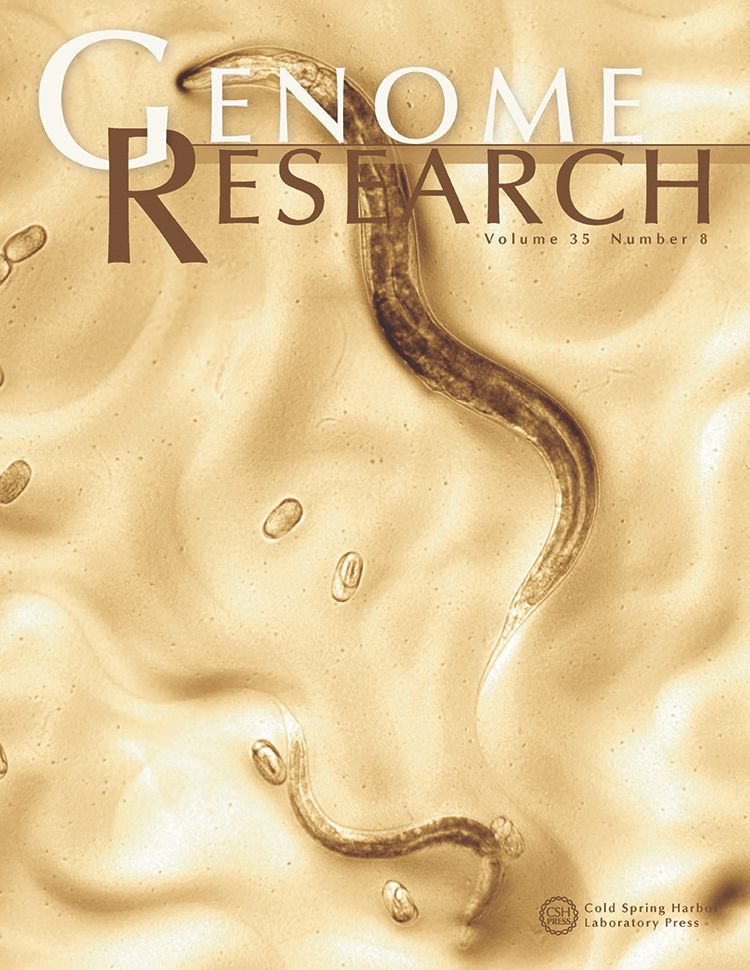
The new issue of @genomeresearch.bsky.social is now live. Follow the link to new research on oxygen stress and gene regulation in the brain, a new C. elegans reference genome, and more! tinyurl.com/Genome-Res-3...
04.08.2025 16:39 — 👍 2 🔁 0 💬 0 📌 0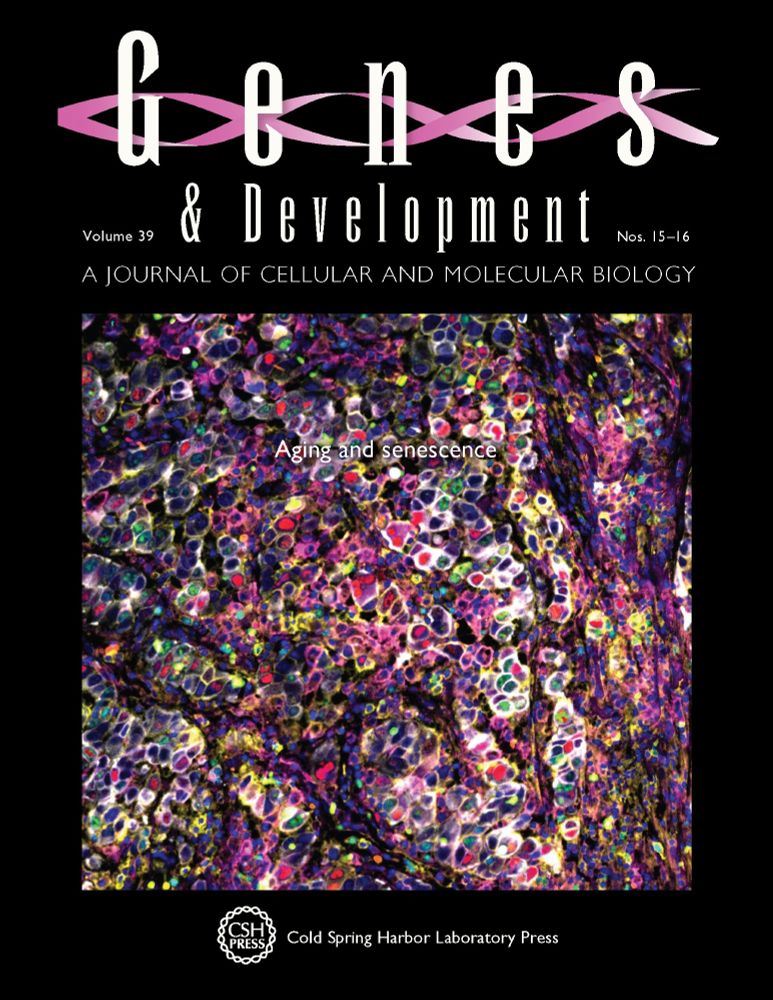
New issue of Genes & Development! Inspired by the 2025 CSHL Symposium on Aging & Senescence, this issue features a collection of Outlook, Perspective, and Review articles on the impact of aging on metabolism, immunity, reproductive health & cancer. Online now: genesdev.cshlp.org/content/39/15-16.toc
01.08.2025 16:43 — 👍 0 🔁 0 💬 0 📌 0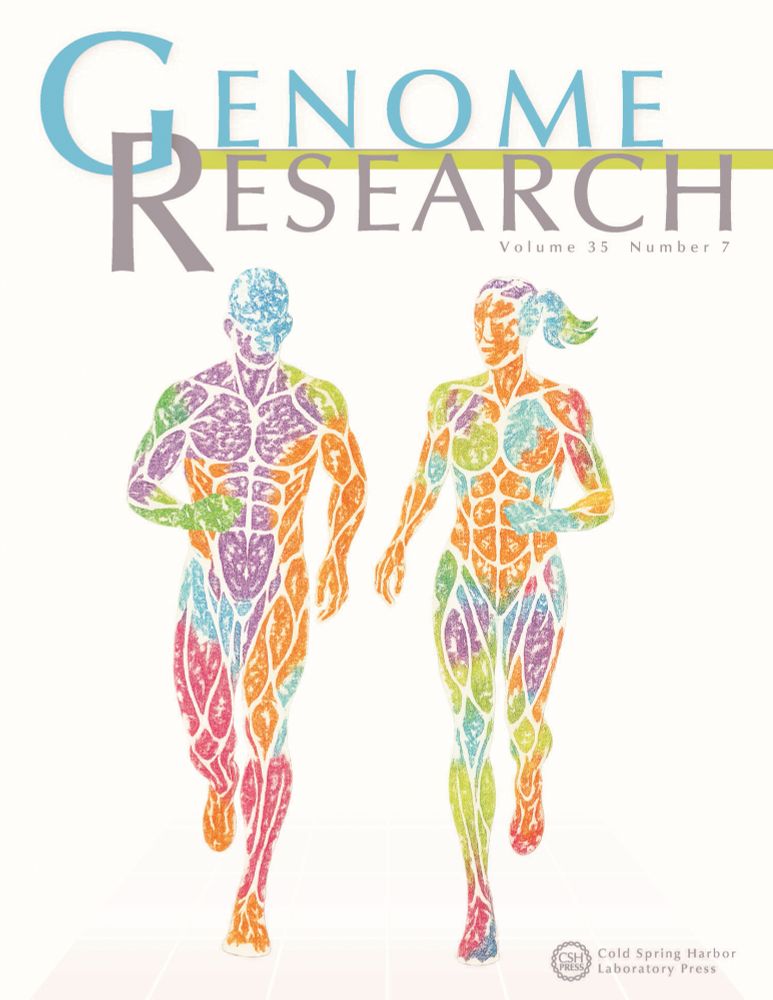
The new issue of @genomeresearch.bsky.social is now live. Follow the link to new research on single-cell multiomics of muscle response to endurance exercise, a method for Nanopore data compression, and more! tinyurl.com/Genome-Res-3...
02.07.2025 17:27 — 👍 7 🔁 1 💬 0 📌 1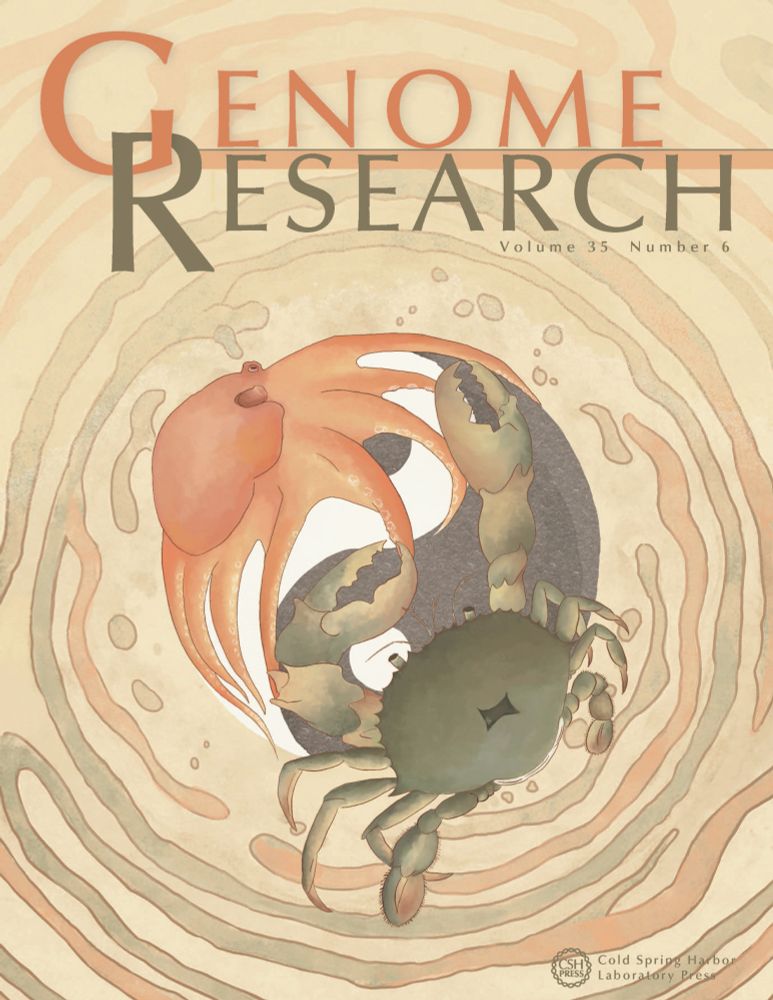
The new issue of @genomeresearch.bsky.social is now live. Follow the link to new research on TP53 regulation of transposable elements in cancer, gut microbiome–associated protists, and more! tinyurl.com/Genome-Res-3...
03.06.2025 14:09 — 👍 2 🔁 1 💬 1 📌 0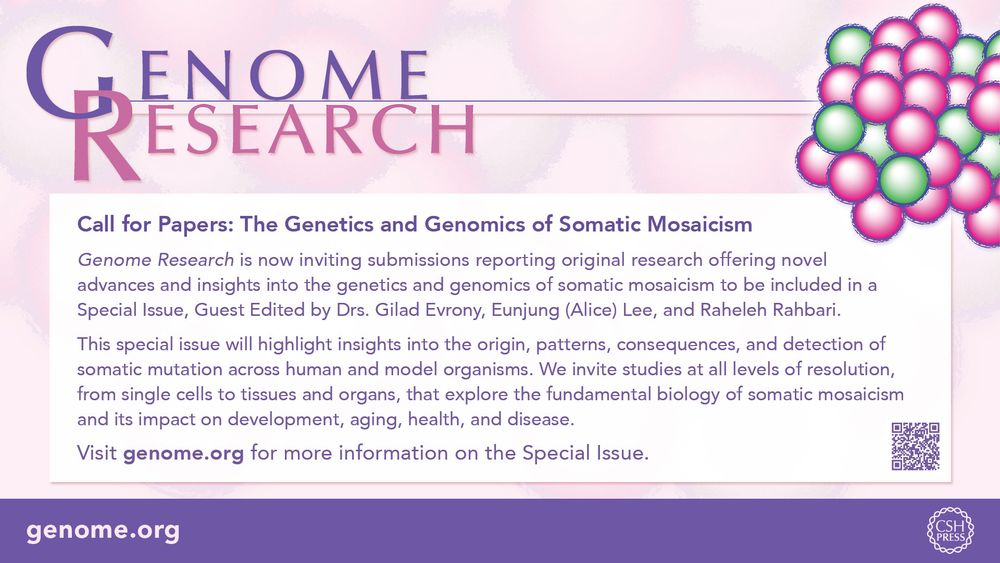
Call for Papers! @genomeresearch.bsky.social is now encouraging submissions for a Special Issue on The Genetics and Genomics of Somatic Mosaicism, Guest Edited by Drs. Gilad Evrony, Eunjung (Alice) Lee, and Raheleh Rahbari. tinyurl.com/Call-for-pap... #BOG25 #KSMosaicism25 #MITS25 #somaticmosaicism
07.05.2025 15:49 — 👍 5 🔁 3 💬 0 📌 0
The new issue of Genome Research is now live! Follow the link to a new ultra-long nanopore sequencing toolkit, a unified analysis of atlas single-cell data, and more! tinyurl.com/Genome-Res-3...
05.05.2025 21:18 — 👍 0 🔁 1 💬 0 📌 0📽️ G&D Tapes 📽️
G&D author, Jelani Lyda talks about a new study in #GenesDev by Riley et al. reporting the role of ClpCP protease and novel protein MdfA in driving metabolic differentiation and dormancy during bacterial sporulation. #OpenAccess
Learn more here:
➡️ tinyurl.com/gd352535
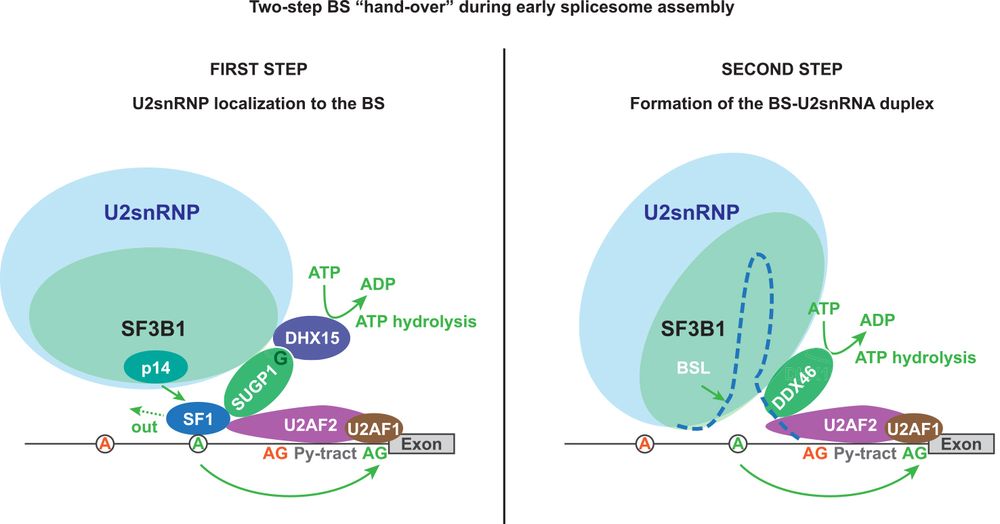
SF3B1: from core splicing factor to oncogenic driver — this #RNASpecialIssue article explores how SF3B1-mutant splicing drives cancer, with insights into prognosis, phenotypes & the need for targeted therapies. bit.ly/4bqmRy2
17.04.2025 20:34 — 👍 0 🔁 0 💬 0 📌 0RNA-binding proteins at the crossroads of disease: Fragile X & SMA. This #RNASpecialIssue article traces how SMN complex, RNP assembly, and more emerged from curiosity-driven, collaborative RNA research. bit.ly/3Xv2hGX
17.04.2025 01:46 — 👍 0 🔁 0 💬 0 📌 0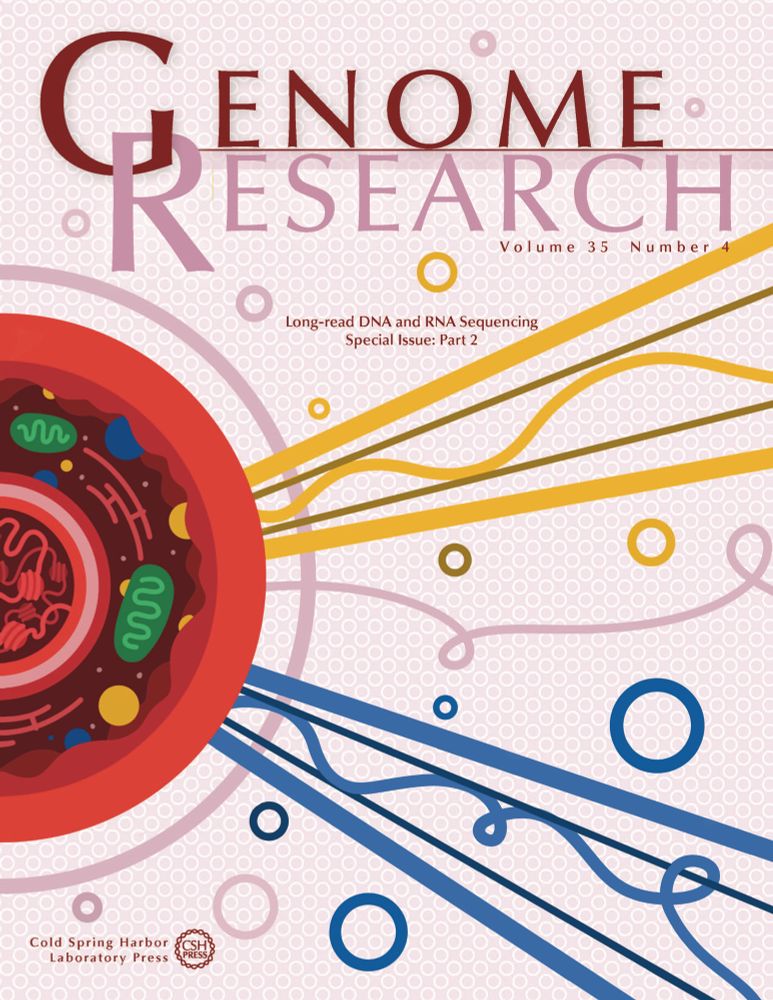
SPECIAL ISSUE Part 2! This month @genomeresearch.bsky.social publishes a diverse collection of articles offering novel biological and clinical insights gained using long-read DNA and RNA sequencing technologies and other long molecule approaches.
tinyurl.com/Genome-Res-3...
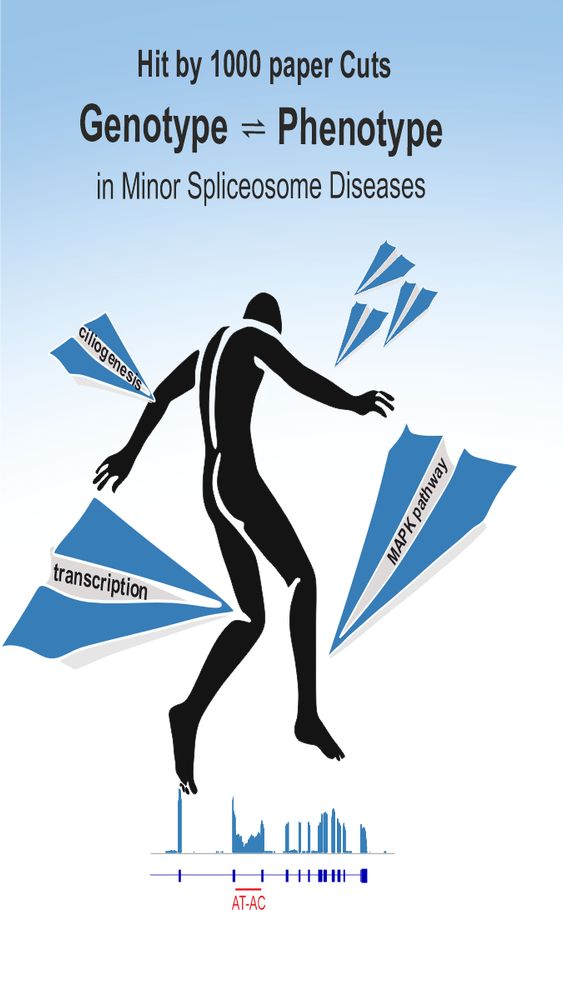
Connecting genotype and phenotype in minor spliceosome diseases.
This article from the #RNASpecialIssue outlines the current structural and functional knowledge of the minor spliceosome, and discusses emerging challenges in connecting molecular dysfunctions to clinical phenotypes. bit.ly/4bt3aWz
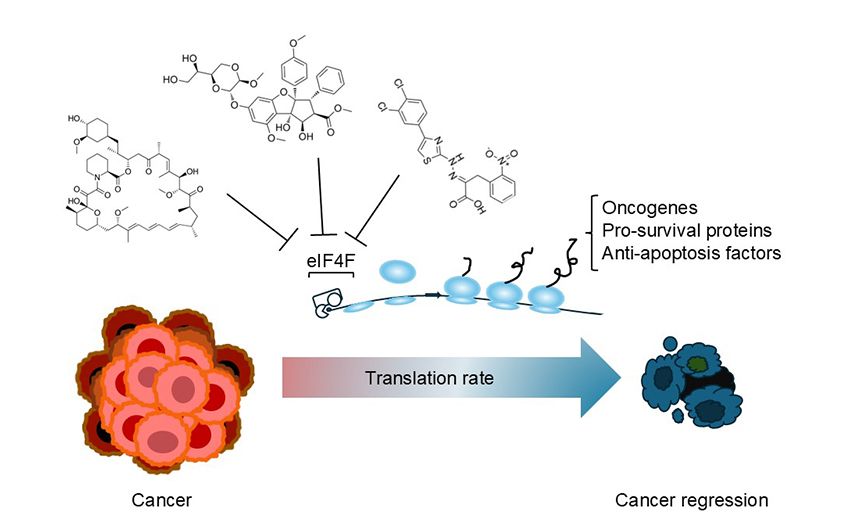
This Perspective from the #RNASpecialIssue summarizes the current knowledge of translation dysregulation in cancer, with emphasis on the eukaryotic translation initiation factor 4F complex. It outlines recent endeavors to develop novel treatment strategies to combat cancer: bit.ly/3F4Sv8g
11.04.2025 15:29 — 👍 1 🔁 0 💬 0 📌 0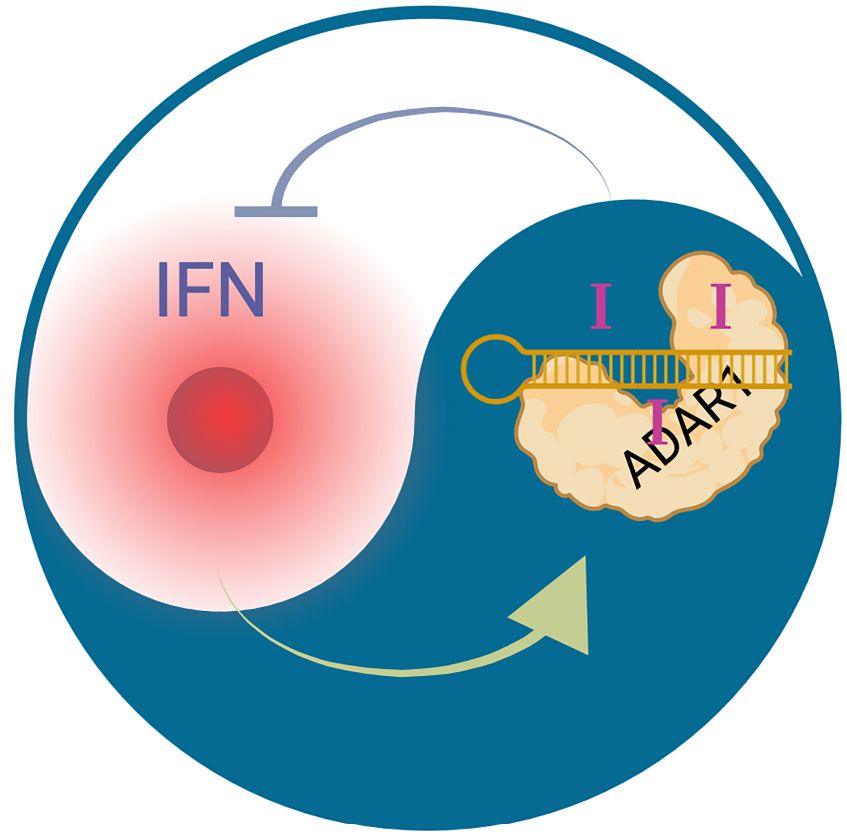
Adenosine-to-inosine RNA editing by ADARs, first discovered in the 1980s, plays a complex role in disease. This #RNASpecialIssue review explores current knowledge, therapeutic potential, and key unanswered questions. bit.ly/3F3Vqy1
09.04.2025 19:37 — 👍 1 🔁 0 💬 0 📌 0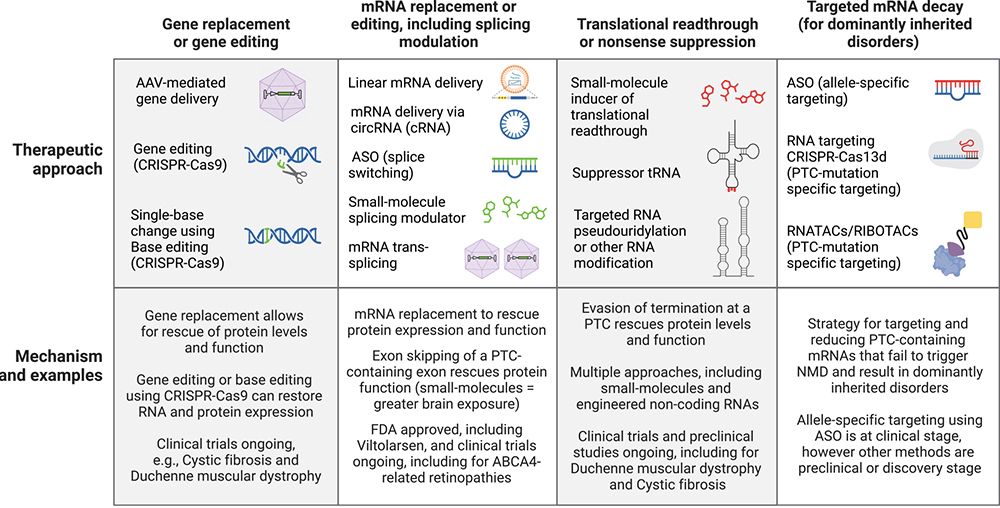
Exploring the therapeutic potential of modulating nonsense-mediated mRNA decay.
This paper from the #RNASpecialIssue explores promising approaches employed to regulate NMD for therapeutic purposes, and highlights potential challenges in future clinical development. bit.ly/3F86Ron
This review from the #RNASpecialIssue discusses the distribution, regulation, and mechanisms of cytoplasmic polyadenylation element-binding proteins (CPEBs), highlighting their dual roles in either promoting or repressing gene expression depending on cellular context. bit.ly/41pFqhp
04.04.2025 18:12 — 👍 0 🔁 0 💬 0 📌 0🧬 This National Children's Book Day, meet the tiny heroes inside us all! Stem Cells to the Rescue from CSHL Press is a science adventure that shows kids how our bodies heal. #ChildrensBookDay #STEMforKids #CSHLPress
www.cshlpress.com/default.tpl?...

Alternative splicing (AS) is vital for heart function, and its disruption is linked to disease. This #RNASpecialIssue article highlights nonsplicing roles of AS factors and proposes a novel disease mechanism involving pathogenic RNA granules and disrupted AS factor localization. bit.ly/3DkHM9d
02.04.2025 18:26 — 👍 0 🔁 0 💬 0 📌 0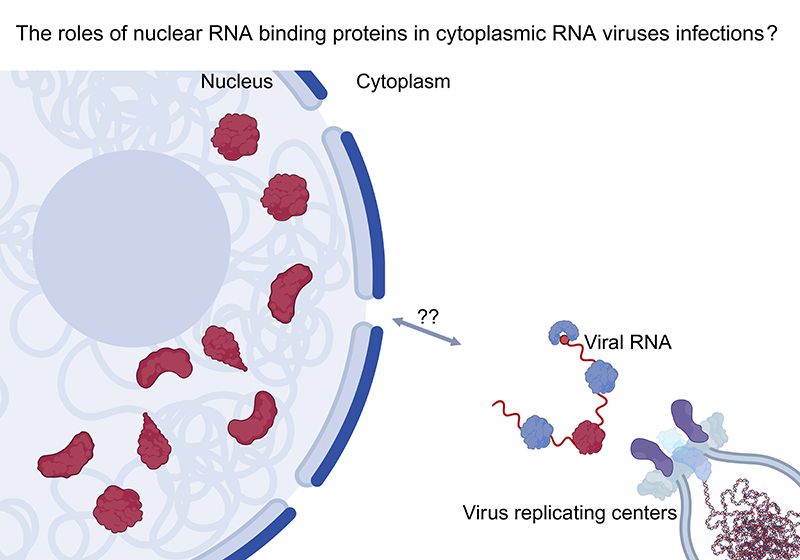
Cytoplasmic viruses alter nuclear trafficking, causing RNA-binding proteins (RBPs) to relocate and act as antiviral defenses. This article from the #RNASpecialIssue explores host–virus interactions and the unanswered questions about their mechanisms. bit.ly/3QJOjNG
31.03.2025 21:29 — 👍 0 🔁 0 💬 0 📌 0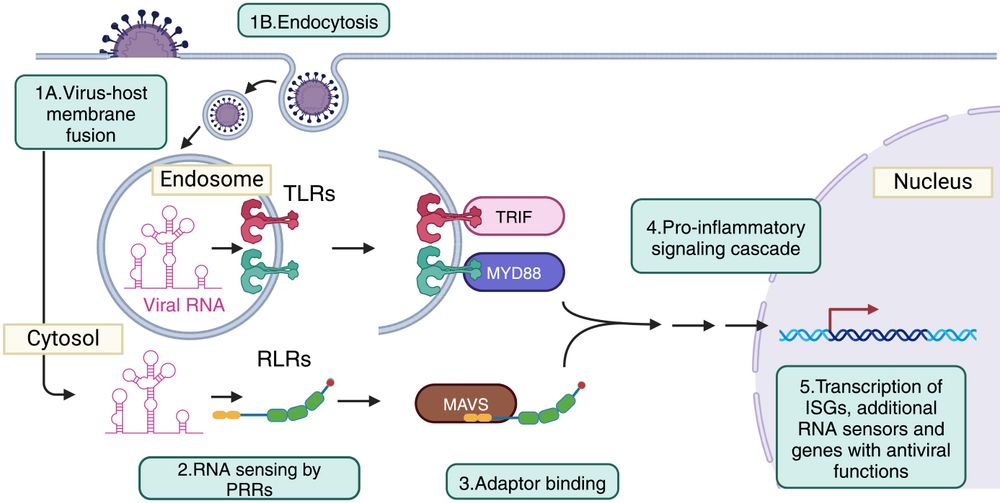
This article examines how RNA sensors bind ligands and trigger type I interferon-stimulated genes. It also explores how mutations in RNA sensors and RNA homeostasis genes are linked to autoimmune and autoinflammatory diseases. bit.ly/4bowQEb #RNASpecialIssue
26.03.2025 17:20 — 👍 0 🔁 0 💬 0 📌 0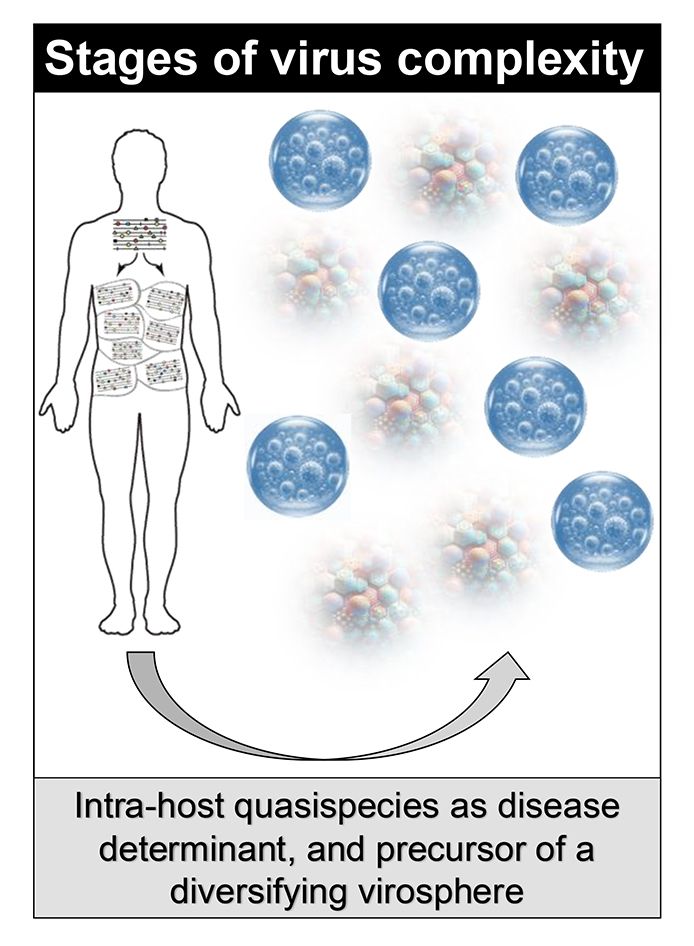
Viral quasispecies are dynamic mutant distributions that arise from high RNA replication error rates. This article from the #RNASpecialIssue reviews the molecular basis of mutant swarm formation, its role in viral disease and epidemics, and more: bit.ly/4kovSf0
24.03.2025 20:38 — 👍 0 🔁 0 💬 0 📌 0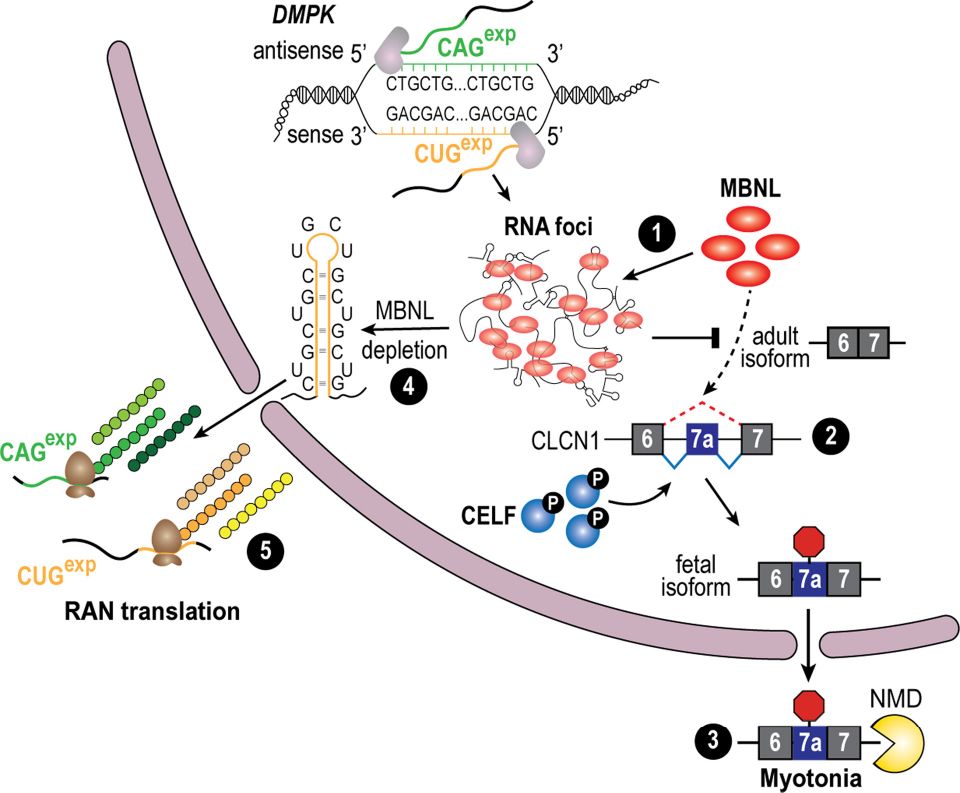
RNA gain-of-function pathomechanism in DM1. Bidirec- tional transcription of DM1 DMPK produces sense CUGexp RNAs that bind MBNL proteins (red ovals), which undergo RNA–RNA, RNA–protein, and protein–protein multivalent interactions to form RNA foci or condensates (1). In contrast to sense transcription, anti- sense transcription yields very low-abundance RNAs with/without CAGexp repeats (Gudde et al. 2017). MBNL sequestration in these foci together with phosphorylated CELF (blue sphere with black P) overexpression promotes fetal splicing patterns for target RNAs in adult tissues, and in DM1 skeletal muscle, exon 7A inclusion in CLCN1 mRNA (fetal isoform) (2) results in nonsense-mediated decay (NMD), CLCN1 loss, and myotonia (3). Somatic CTG expansions result in extremely long CUGexp tracts that deplete MBNL (4) from the dilute nucleoplasmic pool, leading to release of intact or fragmented mutant DMPK mRNAs into the cytoplasm where they undergo RAN transla- tion, giving rise to toxic RAN proteins (green and brown/yellow beads) (5). Mutant DMPK antisense transcripts may be exported into the cy- toplasm at a low level, resulting in RAN translation of polyGln (Zu et al. 2011), and possibly polySer and polyAla, proteins.
This article examines RNA gain-of-function mutations from expanded short tandem repeats (STRs) in developmental and degenerative diseases. It discusses STR roles in RNA processing, their impact on myotonic dystrophy, and relevance to other STR expansion disorders: bit.ly/4igE5jS #RNASpecialIssue
20.03.2025 19:30 — 👍 1 🔁 1 💬 0 📌 0
🧪Awesome Lizzie from the press office @kingsnmes.bsky.social has written a story about our new papers in Genes & Development @cshlpress.bsky.social which identify MdfA, a new protein that helps bacteria shut down their metabolism as they transform into spores: www.kcl.ac.uk/news/scienti...
18.03.2025 13:02 — 👍 7 🔁 4 💬 0 📌 0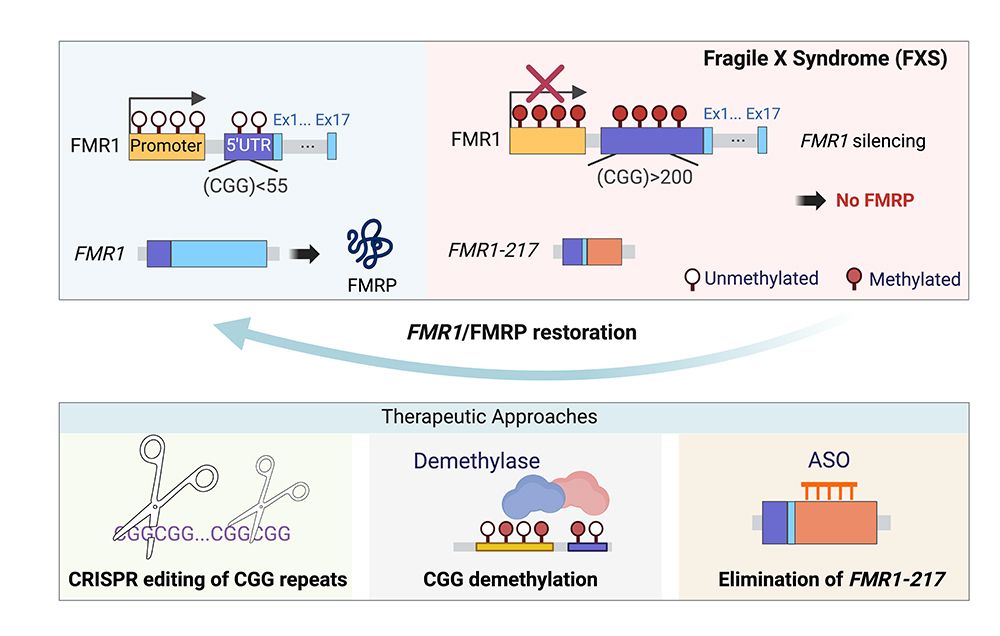
Fragile X syndrome (FXS) is caused by CGG repeat expansion in FMR1, leading to DNA methylation and loss of FMRP. This #RNASpecialIssue paper explores how splice-switching ASOs and kinase inhibition can restore FMR1 expression, offering new therapeutic potential: bit.ly/4i2UpF2 #FragileX #RNAsplicing
19.03.2025 14:59 — 👍 0 🔁 0 💬 0 📌 0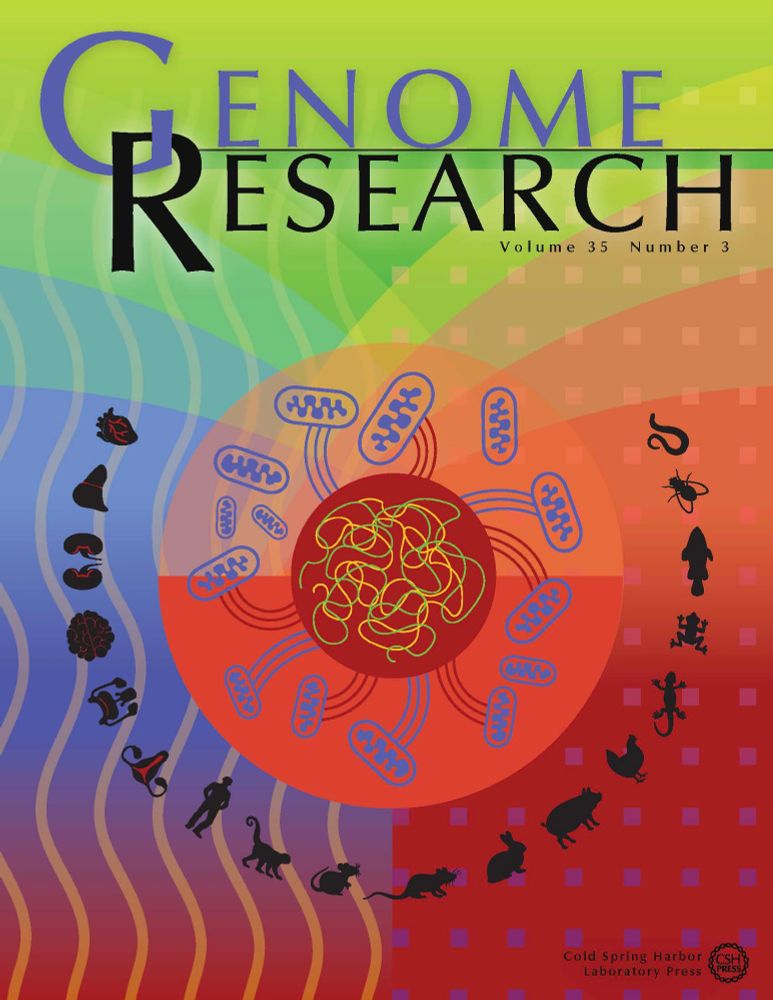
The new issue of @genomeresearch.bsky.social is now live! Follow the link to new research on mitochondrial–nuclear gene expression regulation, guppy Y Chromosome genomics, and more! tinyurl.com/Genome-Res-3...
18.03.2025 15:15 — 👍 8 🔁 3 💬 0 📌 0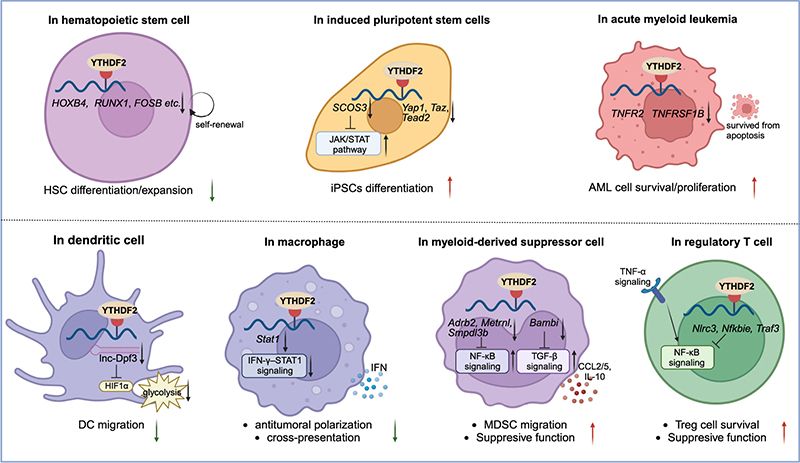
The role of YTHDF2 in HSCs, iPSCs, AML cells, and different immune cells. (Top) The m6A/YTHDF2 influences the differentiation or proliferation of HSCs, iPSCs, and AML cells. (Bottom) YTHDF2 affects DC migration and the cross presentation of antitumoral macrophages and maintains the suppressive function of MDSCs and Tregs. In general, inhibiting YTHDF2 triggers the antitumor immunity. Figure created with BioRender.
YTHDF2, a key m6A reader, regulates the m6A-modified epitranscriptome in development, stem cell expansion, and immune evasion. This #RNASpecialIssue review explores its mechanisms and therapeutic potential in cancer treatment. Read more: bit.ly/4knZut8
17.03.2025 14:40 — 👍 0 🔁 0 💬 0 📌 0